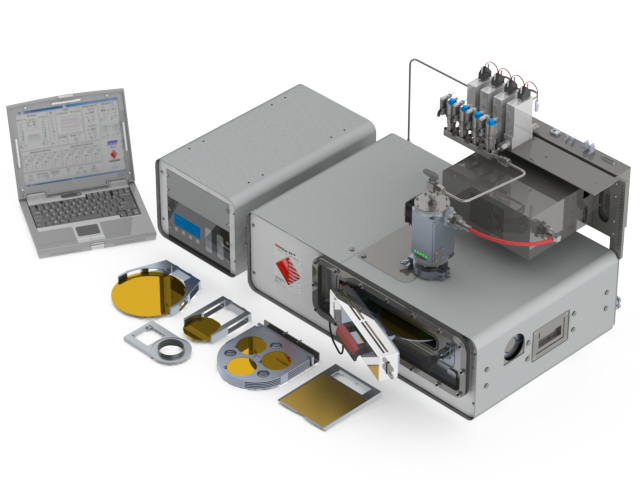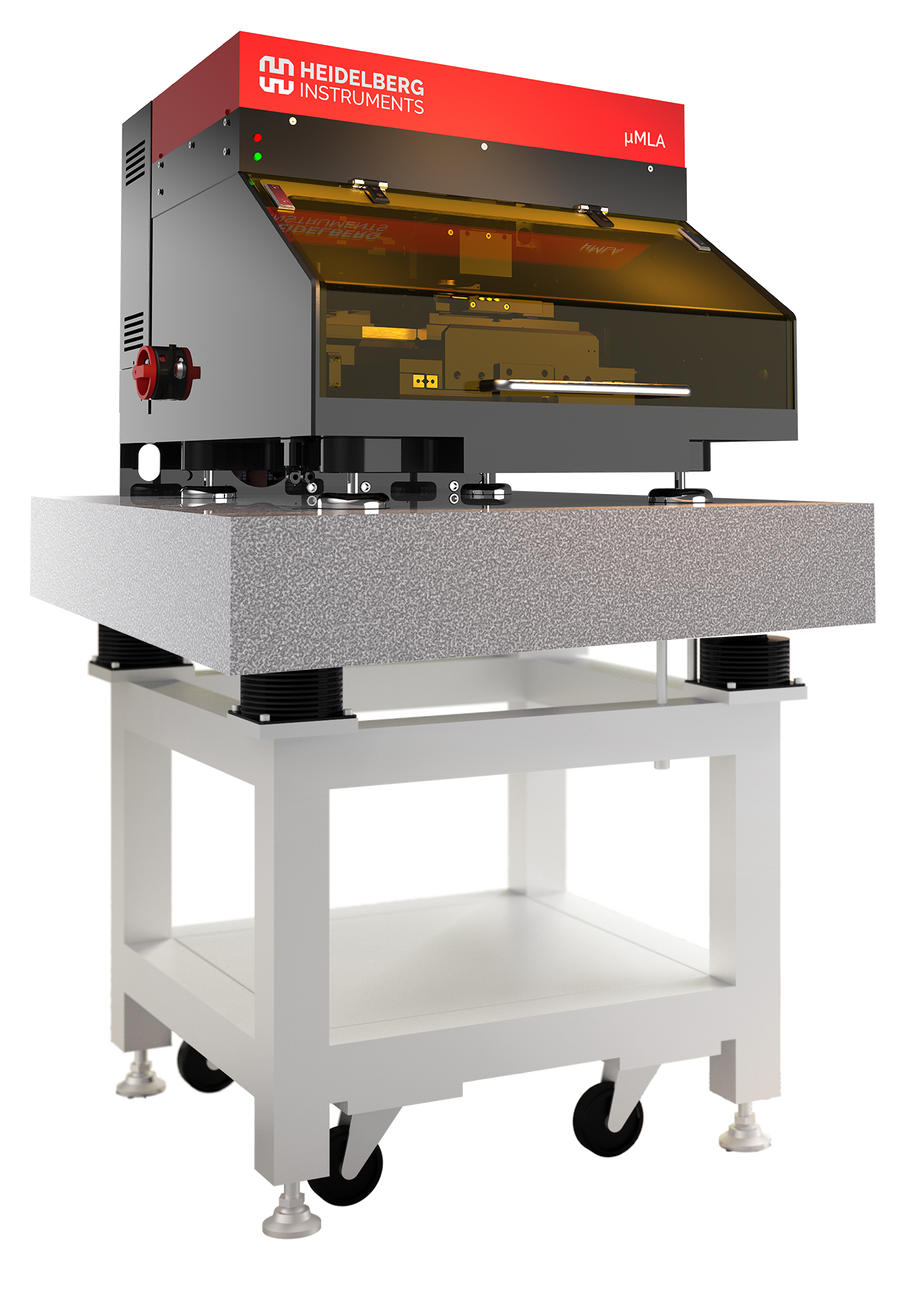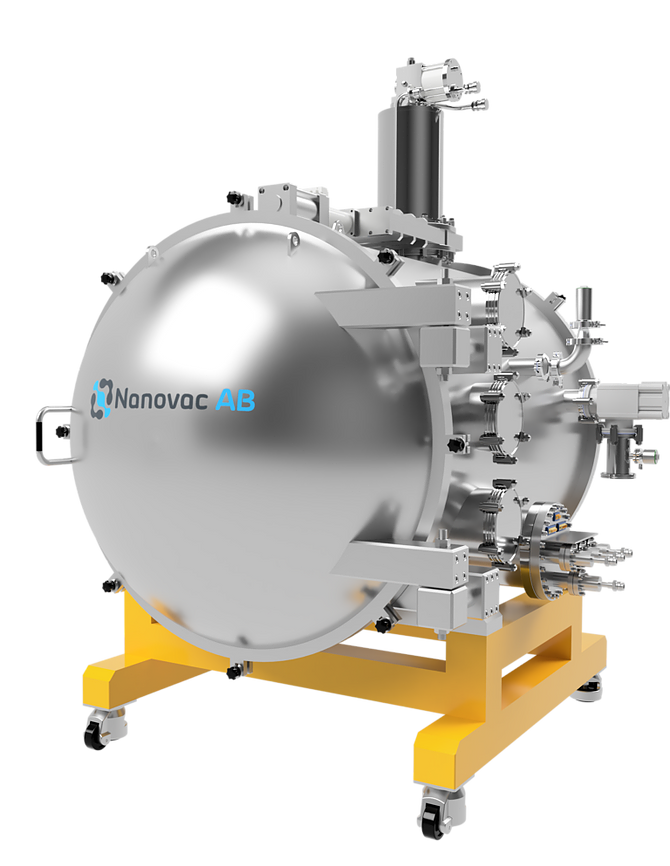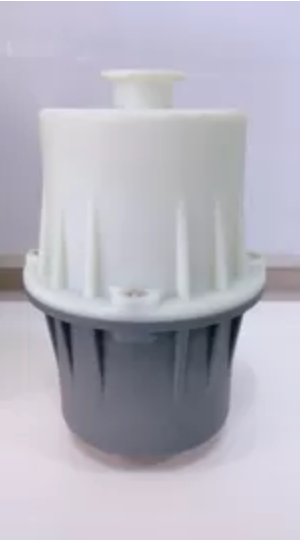Profile control for slanted etching - Oxford Instruments Plasma Technology
Profile control for slanted etching
Ion beam etching technology is one of the well-known techniques in forming slanted gratings.
Oxford Instruments Plasma Technology has developed a technology to allow optical designers to achieve a large uniform processing area over 200 mm wafers for angles from 0° to 55°.
Process tuning for slanted gratings
unique ion beam capability paves the way in etching of materials without rotation, at a fixed platen angle, for fabrication of slanted gratings and waveguide facets.
Figures 1a and 1b show schematic drawings of fixed angle etch process flow and the process set up with platen angle of 35°. The angle targeted is usually between 35° and 55°.


The platen angle is the angle of incidence of the ions. Other important parameters are the beam current, the beam voltage, accelerator voltage and source gas flows. The thickness of the mask is a critical factor. Extremely thick mask is not recommended as the aspect ratio might affect the etch profile quality due to shadowing depending on the platen angle.
To achieve equal depth either side of the trench, chemical process such as application of a mixture of Ar/CHF3 for SiO2 and Ar with SF6 or Cl2 for Si are recommended. The beam current (IB), and beam voltage (VB) can highly affect the potency of the chemical and physical side of the etch. The higher the beam current, the more dominant the chemical side will be; whilst the higher the beam voltage, the more dominant the physical side will be. The beam voltage drives the directionality of the etch whilst the chemical side provides the isotropic and necessary material removal required.
Case study: Etching slanted gratings on SiO2 substrate
Fig. 2a and Fig.2b show SiO2 etched vertically and at a fixed angle with pure argon, respectively.
The bottom of the etch is perpendicular to the incident beam direction but the sidewalls are sloped, affecting the CD.

As shown in Fig.3a, additional CHF3 with a high beam current results in a balance between the physical and chemical part tip towards the chemical side and therefore, more isotropic etc.
Depending on the pitch (in this case below 500nm) and the desired angle, shadowing of the mask and its effect on the sidewalls shape may occur (Fig. 3a & 3b).

In the case of balance between the physical and chemical etching, well defined slanted can be gained, (Fig. 4a and 4b)

Table 1 below give a summary of the SiO2, Cr and Al etch rate as well as their depth and selectivity with the mask pitch of 400 nm. Fig. 5 is an example of a much larger mask pitch of 30 µm, with deeper etch using a photoresist mask. The corresponding etch rate for the static deep etch example described above of SiO2 and photoresist is 40 and 4 nm/min. This gives a selectivity of SiO2 to the mask equal to 10 for a total vertical depth of 4.1 μm.
| Cr Mask | Al mask | |
| SiO2 etch rate [nm/min] | 24 | 27 |
| Cr etch rate [nm/min] | 2 | NA |
| Al etch rate [nm/min] | NA | 5 |
| Selectivity to mask | 12.5 | 5.4 |
| Etched depth | 400 | 264 |

Reference: Oxford Instruments report- Profil control for slanted etching 2020





